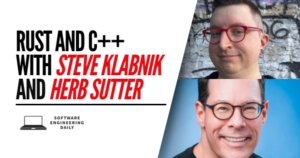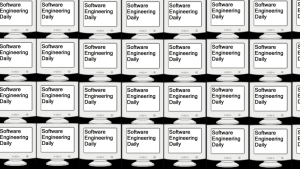Service Mesh Design with Oliver Gould
Podcast: Play in new window | Download
Subscribe: RSS


Oliver Gould worked at Twitter from 2010 to 2014. Twitter’s popularity was taking off, and the engineering team was learning how to scale the product.
During that time, Twitter adopted Apache Mesos and began breaking up its monolithic architecture into different services. As more and more services were deployed, engineers at Twitter decided to standardize communications between those services with a tool called a service proxy.
A service proxy provides each service with features that every service would want: load balancing, routing, service discovery, retries, and visibility. It turns out that lots of other companies wanted this service proxy technology as well, which is why Oliver left Twitter to start Buoyant, a company that was focused on developing software around the service proxy–and eventually the service mesh.
If you are unfamiliar with service proxies and service mesh, check out our previous shows on Linkerd, Envoy, and Istio.
Kubernetes is often deployed with a service mesh. A service mesh consists of two parts: the data plane and the control plane.
The “data plane” refers to the sidecar containers that are deployed to each of your Kubernetes application pods. Each sidecar has a service proxy. The “control plane” refers to a central service that aggregates data from across the data plane and can send communications to the service proxies sitting across that control plane.
The Linkerd service mesh was built in Java, and the project started before Kubernetes had become the standard for container orchestration. More recently, Buoyant built Conduit, a service mesh built using Rust and Go.
In this episode, we explore how to design a service mesh and what Oliver learned in his experience building Linkerd and Conduit.
Transcript
Transcript provided by We Edit Podcasts. Software Engineering Daily listeners can go to weeditpodcasts.com/sed to get 20% off the first two months of audio editing and transcription services. Thanks to We Edit Podcasts for partnering with SE Daily. Please click here to view this show’s transcript.


















